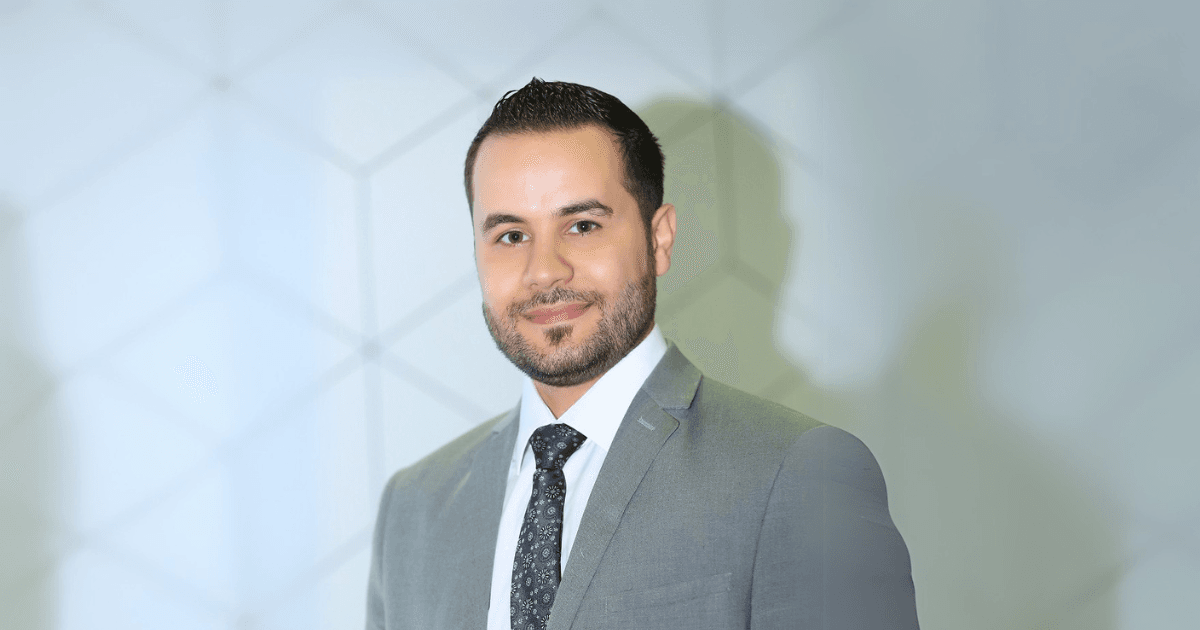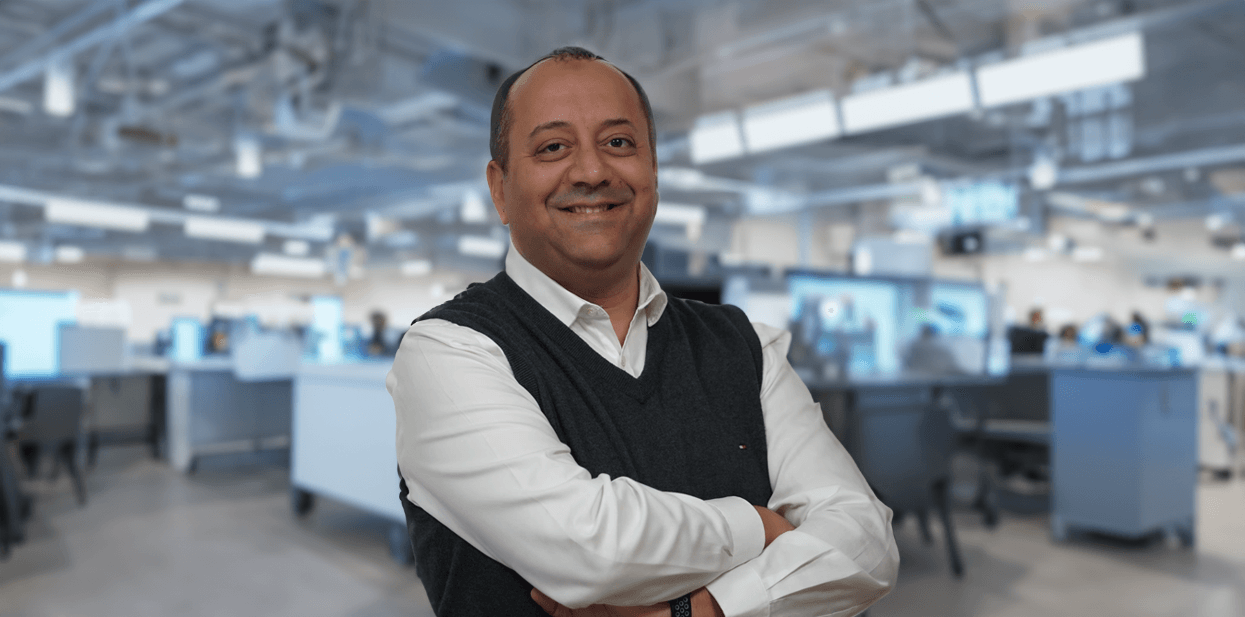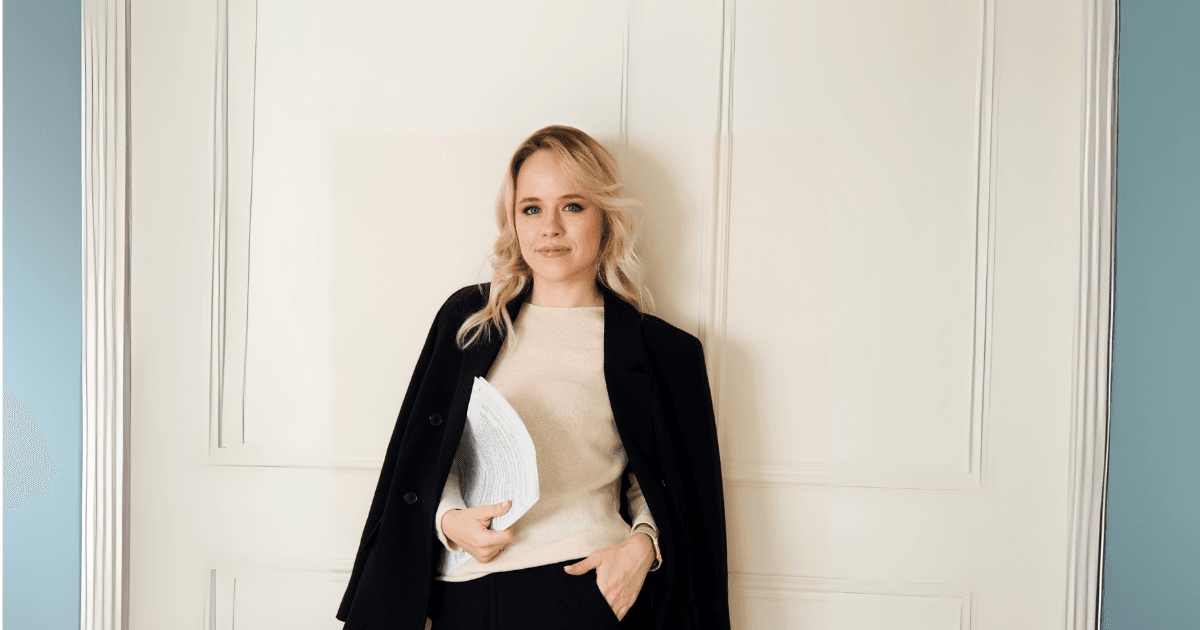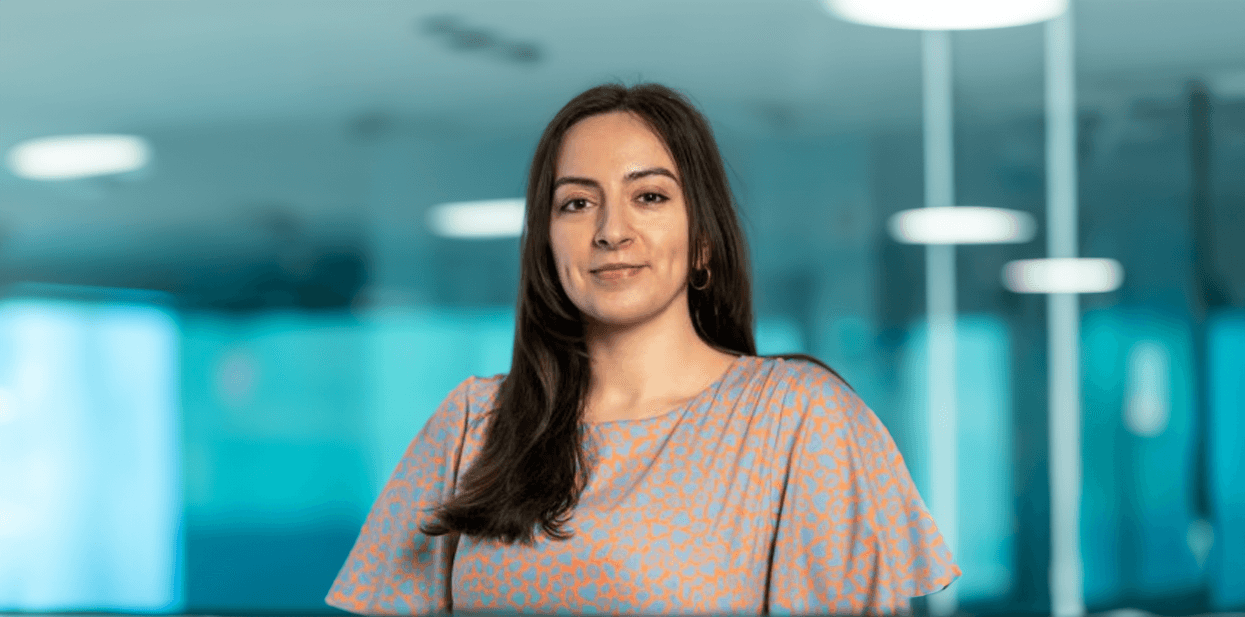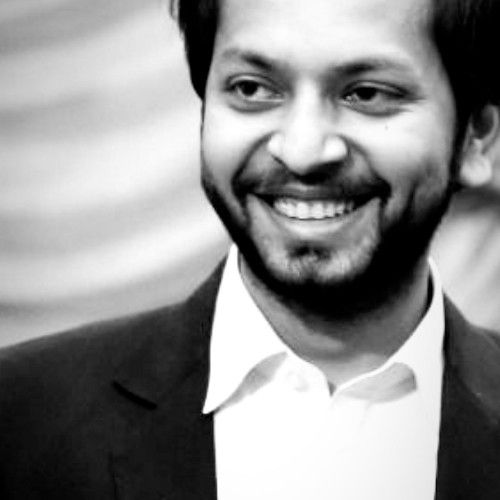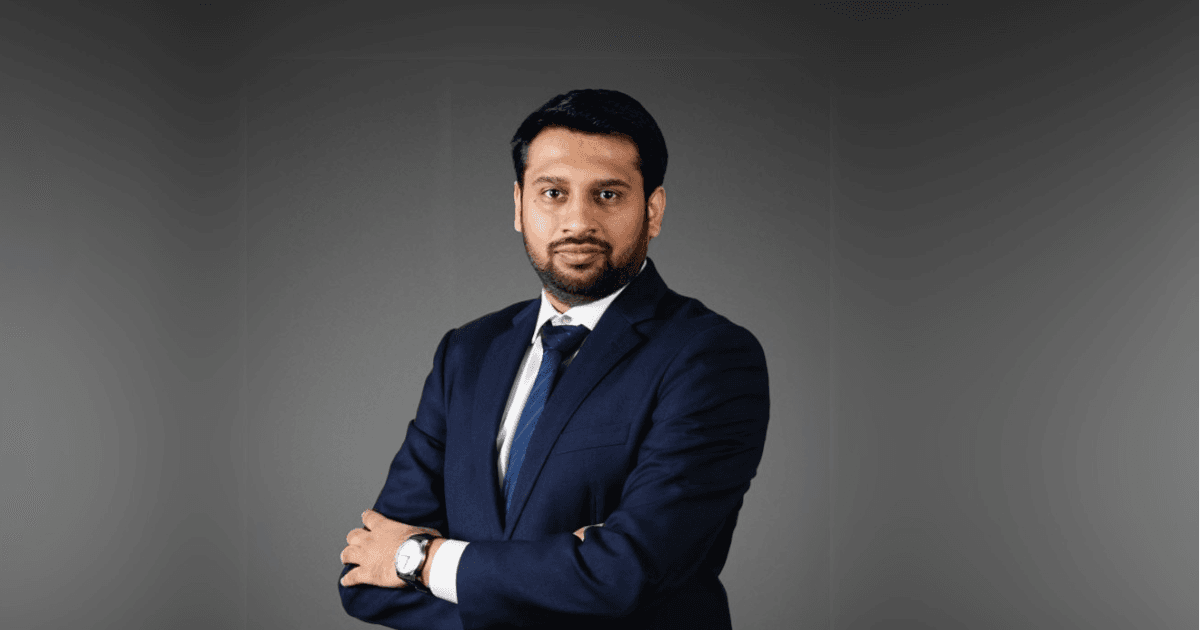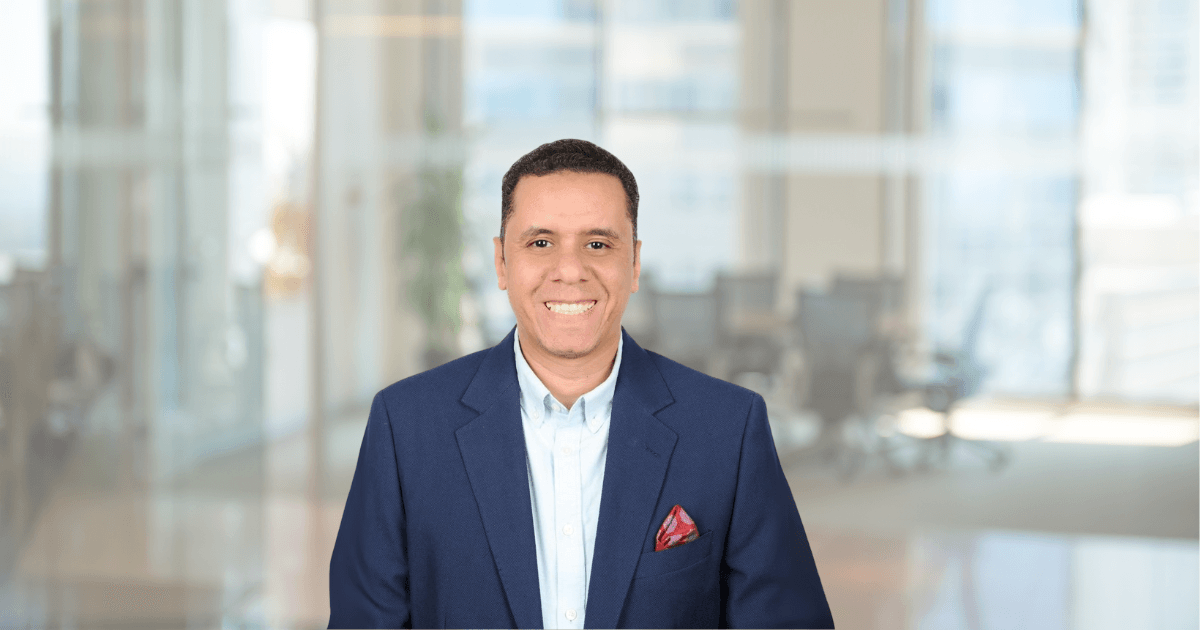From Lab Breakthroughs to Real-World Impact: Salahudean Basem Tohmeh’s Journey with ShapifAI
Jon Santillan
Apr 28, 2025

In this insightful interview, Salahudean Basem Tohmeh, founder of ShapifAI, shares how he transformed his passion for R&D into a mission to democratize 3D spatial imaging. From bootstrapping AI prototypes to reshaping industries that still rely on measuring tapes, his journey is a masterclass in turning deep-tech into real-world change.
Can you share a brief note about yourself?
I’m Salahudean Basem Tohmeh, a deep-tech founder obsessed with transforming how we capture and interact with the physical world. My journey started in industrial robotics R&D—designing autonomous systems for manufacturing and urban infrastructure. After earning a U.S. patent for autonomous road inspection, I shifted gears to democratize another underserved space: 3D spatial imaging. That’s what led me to build ShapifAI—an AI-powered mobile 3D scanning platform that turns any iPhone into an industrial-grade scanner. We’re using AI and LiDAR to make precise 3D models accessible to everyone—from contractors and real estate pros to governments rebuilding infrastructure.
Why did you choose to start a business?
I didn’t just want to build great tech—I wanted to make it usable, scalable, and impactful. Starting a business gave me the control to bridge that gap between R&D and real-world application. I saw too many breakthroughs die in labs because no one took them to market. Founding a company let me take ownership—not just of the technology, but of the value it could unlock for industries that are still operating with measuring tapes and clipboards.
How did you start your business?
ShapifAI started with a crazy question: What if spatial scanning could be as easy as taking a selfie? From there, I built prototypes using iPhone LiDAR, trained homegrown AI models, and validated the concept with pilot customers. I joined accelerators like Misk Launchpad and SPARK, pitched at local demo days, and bootstrapped the tech until we had a product that people didn’t just try, but relied on. I wore every hat—founder, product guy, AI architect, janitor. The early days were messy, scrappy, and oddly addictive.
What do you wish you’d known before you started your business?
That “build it and they will come” is a trap. Innovation doesn’t sell itself—you need storytelling, distribution, market empathy. I wish I had focused earlier on understanding who I was building for, not just what I was building. Also: fundraising is an emotional rollercoaster. You’re not pitching your idea—you’re selling your ability to survive storms.
Did you have any support in your journey?
Absolutely. I’ve been fortunate to have incredible mentors from the Saudi startup ecosystem and beyond—people who challenged my thinking and kept me grounded. Communities like Misk, SPARK, and even casual conversations with fellow founders became lifelines. I also leaned hard on my R&D background—because when things got chaotic, having a structured engineering mindset helped keep the vision intact.
What is your greatest challenge as a business owner?
Focus. As a founder, opportunities fly at you like confetti—partnerships, pivots, shiny features. But every “yes” comes at the cost of execution. The hardest thing is learning to say no to good ideas so you can build a great product. Also: talent. In deep-tech, finding people who can bridge science and product is like looking for unicorns that code.
What advice would you give to your past self before opening your own business?
You’re not building a product. You’re building a system—that includes tech, people, culture, capital, and resilience. Don’t obsess over code and forget the company. Also: take care of your health. Burnout doesn’t make you a founder—it makes you replaceable.
Reflecting on your path to entrepreneurship, what key piece of advice would you offer to aspiring founders?
Solve a problem you’re willing to suffer for. The hype fades, the funding dries up, and the applause stops—but the mission has to keep burning. Build something useful, not just cool. Surround yourself with people smarter than you, and remember: clarity beats complexity, every time.




